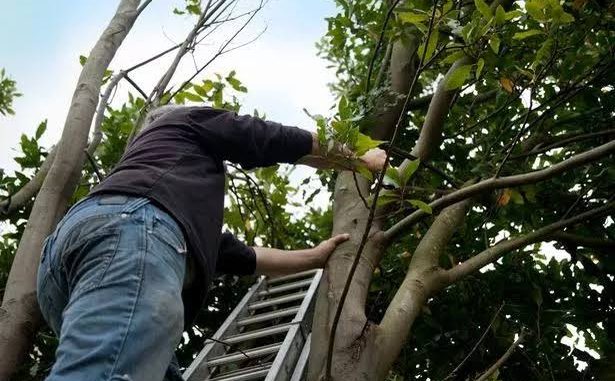
Cutting a neighbor’s tree without permission is generally illegal and can lead to serious consequences. Property laws typically protect trees as part of the landowner’s property, meaning that tampering with or cutting down a tree on someone else’s property without their explicit consent can be considered trespassing and property damage.
The legal ramifications of cutting a neighbor’s tree without permission can be severe. In many jurisdictions, the injured party can sue for damages, which can include the cost of replacing the tree, the loss of property value, and even emotional distress. In some cases, statutory penalties may apply, and the offending party could be required to pay multiple times the tree’s value. Additionally, criminal charges for vandalism or trespass might be pursued.
However, there are some exceptions where action may be permissible. If the branches or roots of a neighbor’s tree encroach onto your property, you usually have the right to trim them up to the property line, provided you do so without harming the overall health of the tree. This right, though, is not absolute and must be exercised with care to avoid any damage or death to the tree, which could result in liability.
Before taking any action, it is wise to communicate with the neighbor and seek mutual agreement. If the tree poses a danger, such as being diseased or dead and at risk of falling, local laws often provide mechanisms for resolution, which might involve municipal intervention or arbitration…..S££ MOR£
S££ The Man Who Allegedly Chopped His Grandmother’s Head Off For Witchcraft Allegations

Leave a Reply